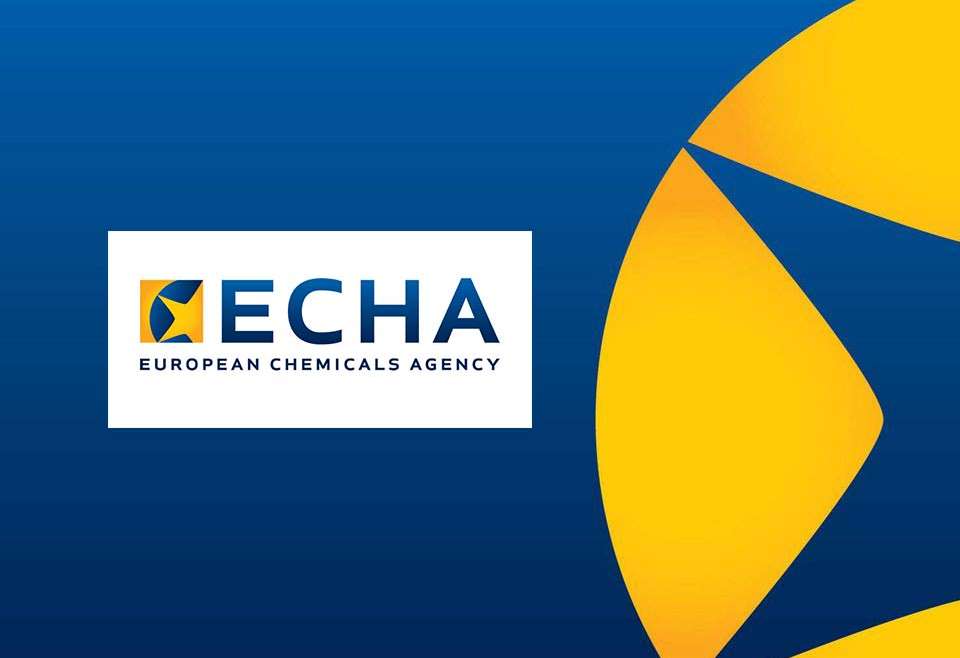
ECHA adds four to Candidate List
Submitted by:
Andrew Warmington
The European Chemicals Agency has added four new substances to the Candidate List of substances of very high concern (SVHCs) for authorisation under REACH. This brings the total number to 201.
The four include 2,3,3,3-tetrafluoro-2-(heptafluoropropoxy)propionic acid (HFPO-DA), its salts and its acyl halides, which are used as processing aids in the production of fluorinated polymers. They have been added on the basis of an ‘equivalent level of concern, having probable serious effects to the environment’.
The Member State Committee (MSC) had agreed on 27 June with a proposal by the Netherlands to add HFPO-DA because of its “high potential to cause effects in wildlife and in humans through the environment due to its very high persistence, mobility in water, potential for long-range transport, accumulation in plants and observed effects on human health and the environment”.
Also added were: 2-methoxyethyl acetate, a reprotoxic substance which had not been registered under REACH; and two endocrine disrupters: the antioxidant tris(4-nonylphenyl, branched and linear) phosphite (TNPP) with ≥ 0.1% w/w of 4-nonylphenol, branched and linear (4-NP), and 4-tert-butylphenol, which is mainly used in coating products.
Manufacturers and importers now have until 16 January 2020 to inform ECHA, downstream users and, on request, consumer of any articles containing >0.1% w/w of these substances. If and when they reach the Authorisation List, industry must apply for permission to continue using them after a specified ‘sunset date’.
Shortly before this, ECHA had prepared a recommendation to amend the Authorisation List to include endocrine disrupting properties for four phthalate plasticisers which were already on it for other reasons: DEHP, BBP, DBP and DIBP. This followed a long process of public consultation and evaluation by the MSC.
As a result, the limit for their use in mixtures in concentrations has been reduced from 0.3% to 0.1 % w/w and some uses of DEHP, notably food contact materials and medical devices, will no longer fall under the ‘generic exemptions’ category. The agency has also invited the European Commission to review the existing exemption for uses of BBP and DBP in immediate packaging of medicinal products.
ECHA has also said that it will start to evaluate 20% of REACH registration dossiers in each tonnage band, meaning that about 30% of all registered substances will be checked. This is part of a joint action plan with the EC to “address the lack of compliance in registration dossiers and encourage industry to improve their safety data on chemicals”. Currently, the minimum target is 5%.
The stated aim is to screen all registration dossiers submitted by the 2018 deadline: by 2023 for substances registered over 100 tonnes/year and by 2027 for substances in 1-100 tonnes/year band. For high tonnage substances, ECHA will conclude by the end of 2020 whether they are a priority for risk management, for data generation or of low priority for further action.
Separately, ECHA has announced that it has started working on various tasks to identify and regulate persistent organic pollutants (POPs) under the revised POPs Regulation. These include identifying new POP substances, acting as an interface for reporting duties on implementing the Regulation and promoting an exchange of information internally and externally.
